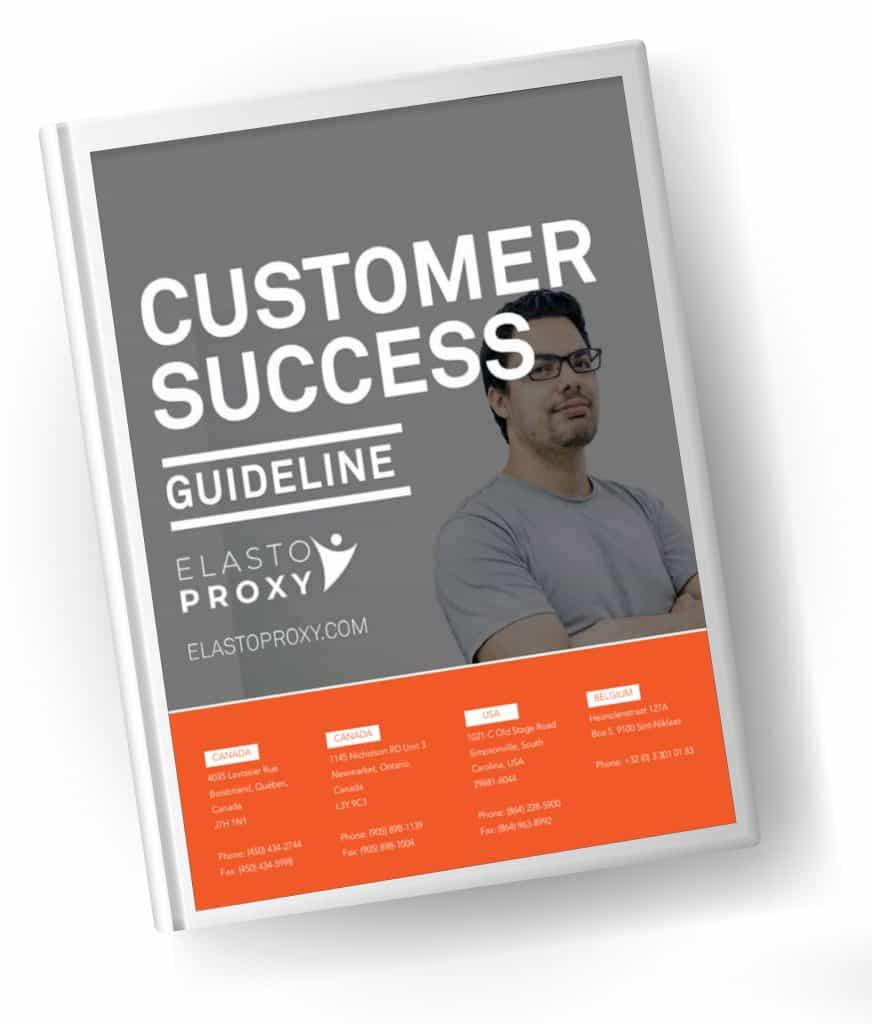Commodity Rubber vs. Specialty Rubber
Engineers can specify commodity rubber or specialty rubber for seals, gaskets, and insulation. Commodity rubber costs less, but some applications need a more expensive specialty rubber to meet an industry standard. Determining whether you need a commodity or a specialty rubber is an important consideration not just for your seal design, but for the cost of your project.
What is commodity rubber?
Commodity rubber has material properties that make it suitable for use in a range of applications. From door gaskets and window seals to floormats and grommets, commodity rubber meets typical performance requirements. The properties you get in a commodity rubber are typical for that compound, such as EPDM’s weather resistance.
Because commodity rubber is produced in higher volumes using standard tooling, it usually costs less and has greater minimum order quantities (MOQs). Commodity rubber is often easier to source than specialty rubber, and you probably won’t have to wait as long for sheets, extrusions, or finished rubber products. In fact, we may already have the commodity rubber that you need in stock.
What is specialty rubber?
Specialty rubber is used in select applications, typically to meet more demanding requirements. Whether it’s to achieve greater levels of performance or to meet industry or regulatory standards, specialty rubber costs more and generally has higher MOQs. That means you might have to buy more material than you need, which can tie up cash.
Sometimes, the price of specialty rubber is higher because the inputs are more expensive, the testing requirements are challenging, or the tooling that’s needed is specialized. It’s also worth considering that the lead times are longer because the specialty rubber you need probably isn’t in inventory and must be special-ordered.
Do you always need specialty rubber to meet an industry standard?
Some types of specialty rubber are designed to meet industry or regulatory standards. For example, there are rubber compounds that meet the requirements of UL 50, a standard from Underwriters Laboratories (UL) about enclosures for electrical equipment in non-hazardous areas.
Just because you’re designing a UL 50 enclosure doesn’t mean you need UL 50 rubber for the gaskets, however. That’s because UL 50 applies to the entire enclosure and not to individual components such as seals, gaskets, and insulation. This is a key distinction.
If your enclosure can meet all of UL 50’s requirements without using a UL 50 gasket material, you might be able to use a less expensive commodity rubber instead. Ultimately, it depends on your design – and whether enclosure sealing was a consideration or an afterthought.
Where can you get help with comparing commodity rubber vs. specialty rubber?
Putting a standard like UL 50 on your part drawing could add unnecessary costs to your project. For help with material selection, including commodity rubber vs. specialty rubber, talk to Elasto Proxy.
If you use a CAD application like SolidWorks®, our solutions providers can even send you DWG files of standard rubber profiles that you can drop into your design. We can also send you PDF versions of profile schematics instead. With help like this, you can save time and money for your next project.
Don’t wait to get started. Otherwise, you might find that you need to use a more expensive specialty rubber because a commercial-grade compound can’t support constraints that have been designed-in. By talking to our team early in your design process, you can make life easier and your products better.
Download the Ultimate Customer Success Guide. It is FREE!
Discover more about Elasto Proxy’s customer success and industry standards in the guide.










